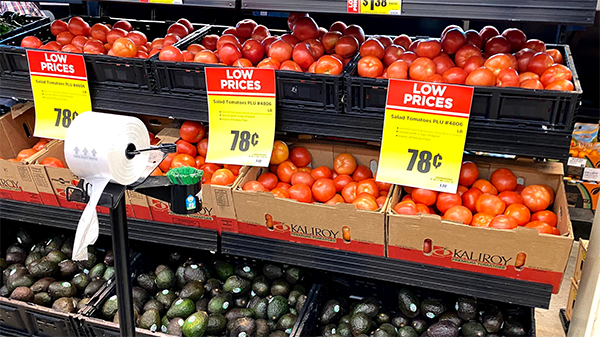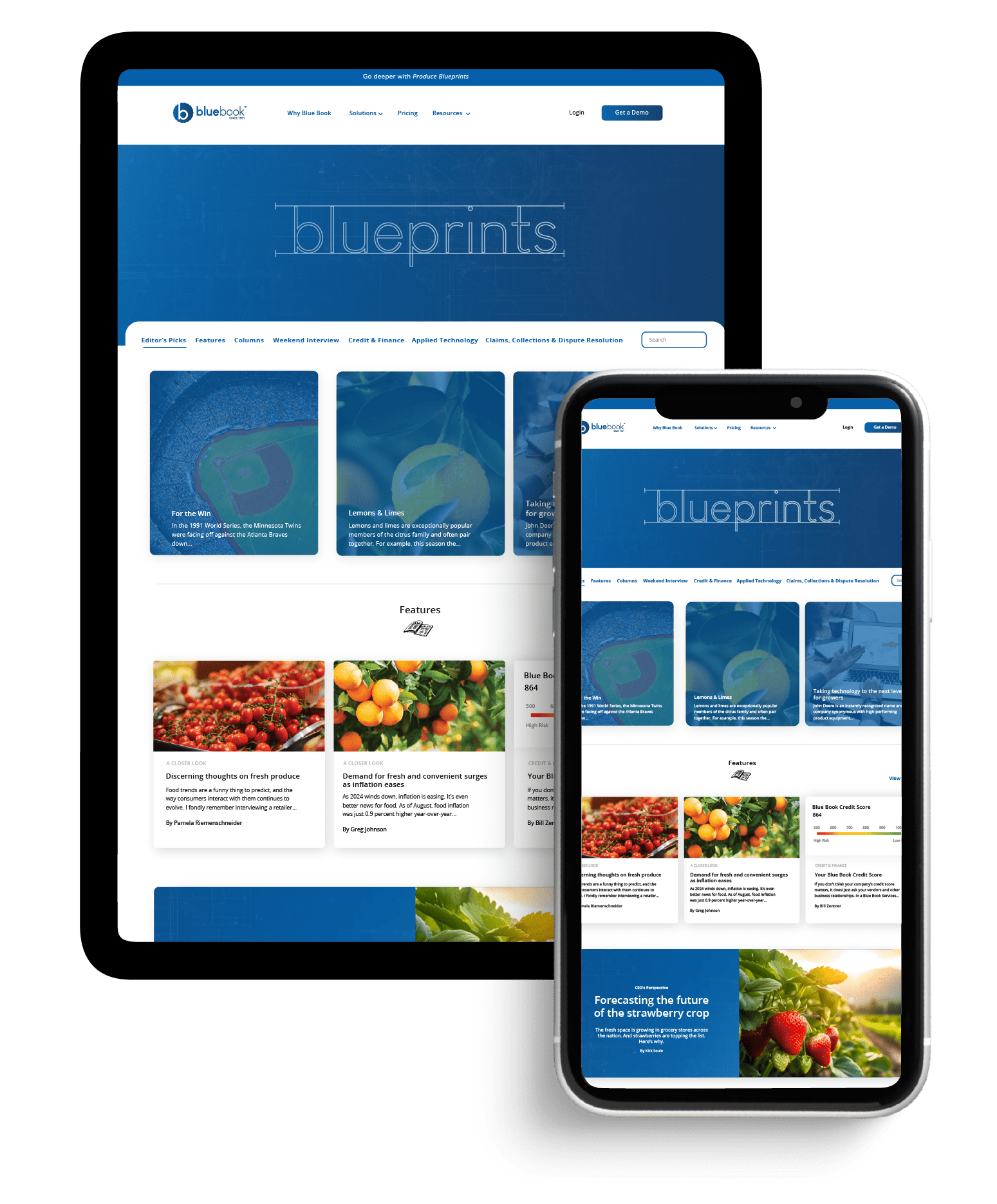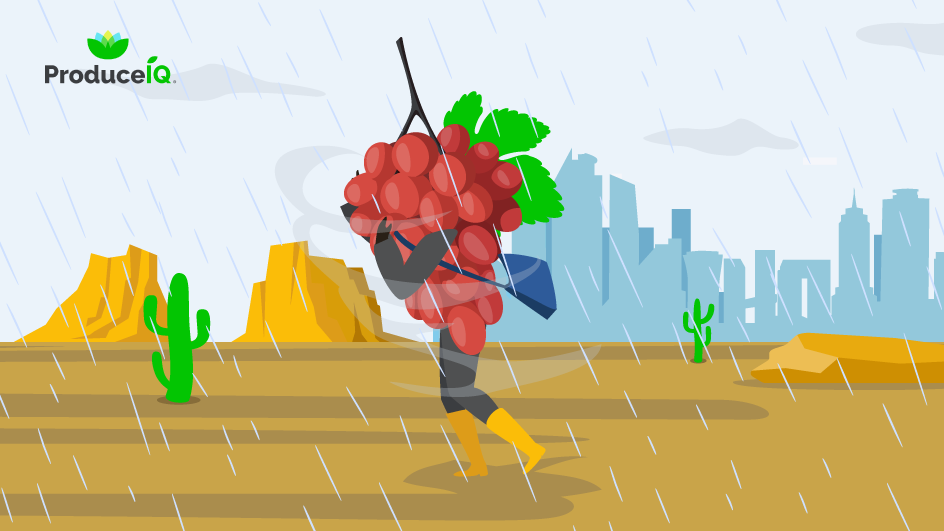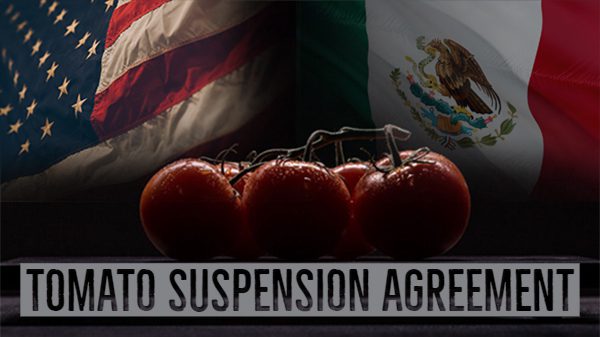
Grocers, understandably, have reevaluated their ad strategy amid the COVID-19 crisis.
I understand that a lot of categories, like canned vegetables, flour, bread, eggs, and meat, are unpredictable and setting ads has to be a nightmare.
But walk into any retailer in the country right now and you’ll see one department that’s fresh, full, and in desperate need of promotions: fresh produce.
It looks like, hopefully, the worst is behind us and retailers are stepping back into promotions.
According to the most recent USDA Retail Report, a weekly summary of grocery ads put together by the Agriculture Marketing Service, ads are still down, but the number of retailers releasing ad flyers increased by 6%.
“Given that numbers would ordinarily be lower in a post-holiday week and yet are unchanged, it seems stores could be feeling more confident about offering specials,” the report said. “Most retailers used flyers to alert customers to store policies and safety measures, and in one case, announce that they are hiring.”
Still, 13% of regularly reported stores had no ad, and specifically cited COVID-19 as the reason.
For Tops Friendly Markets in Williamsville, NY, fresh produce is getting a bigger piece of the pie. The company reduced the size of its circular to two pages, says Jeff Cady, director of produce and floral.
That cutback hasn’t been enough in some cases, Cady says, but fresh produce has been ready to jump in.
“It opened opportunity for more produce due to the fact that our supply chain is operating at a high level,” he says. “We have been asked almost every week, so far, to add additional items to the front page of the ad. We work with the suppliers and guarantee supply as we always do, and then execute.”
It’s not all perfect, he says.
“Sure, we have our issues like asparagus supplies drying up all of the sudden this week as we transition from Mexico to Peru, but that has happened at some point every year,” he says. “That is the produce business.”
Now, more than ever, retailers need to promote fresh produce, specifically fruit. There are several categories that could use a boost, like mangos and apples, and summer fruit is just around the corner. Strawberries are transitioning to the Watsonville/Salinas districts. Domestic watermelons are starting. Cherries and stone fruit are about to start hitting shelves from California.
Fruit comprised 56% of all ads, according to the USDA. Vegetables were 40%. Onions and potatoes were 3% and the rest is herbs, ornamentals and hemp.
Anne-Marie Roerink of 210 Analytics and I discussed what retailers can do to promote fresh produce in part 2 of this week’s coverage of IRI sales numbers here:
[iframe width=”600″ height=”400″ src=”https://www.youtube.com/embed/IvHiEVojX2Q” frameborder=”0″ allow=”accelerometer; autoplay; encrypted-media; gyroscope; picture-in-picture” allowfullscreen]








